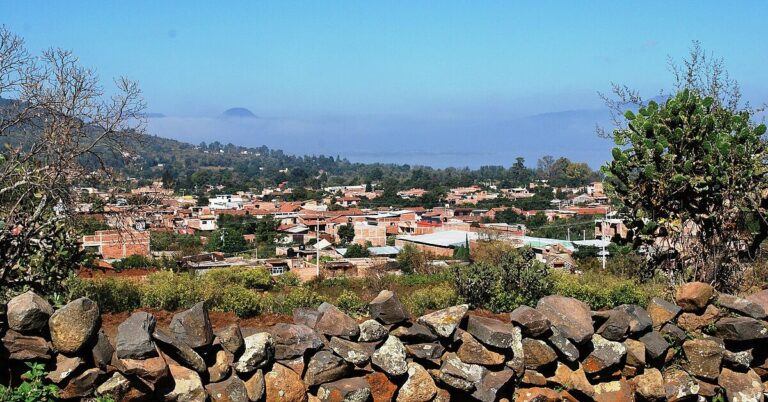15 Wild Details That Redefine The Galapagos Experience
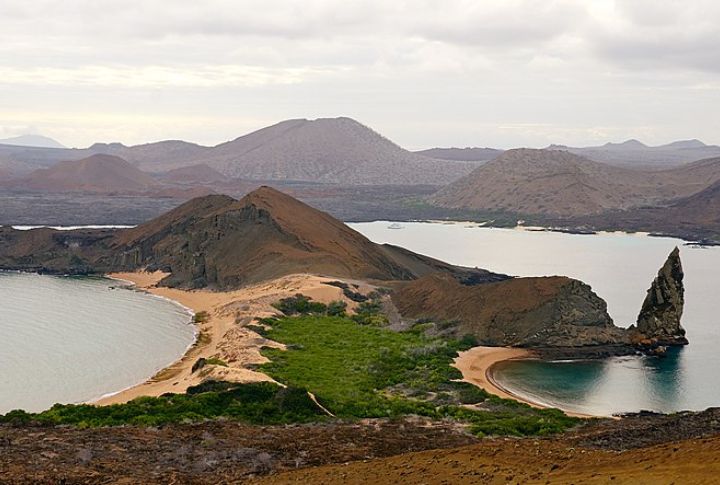
The Galapagos simply exists, wildly and unapologetically itself. On these remote islands, nature sets the pace and nothing follows the usual script. But what gives this place its otherworldly feel? Let’s explore the wild details.
Volcanic Origins
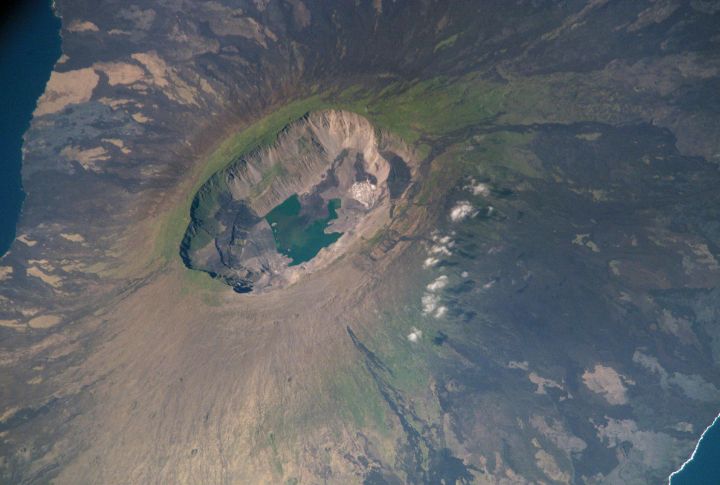
Beneath the Pacific, molten rock bubbled and burst to give rise to the Galapagos. These volcanic roots aren’t mere geological trivia. They shaped the islands’ isolations by sparking a cascade of wild adaptations. No wonder this remote cluster became one of evolution’s most remarkable examples.
Marine Iguanas
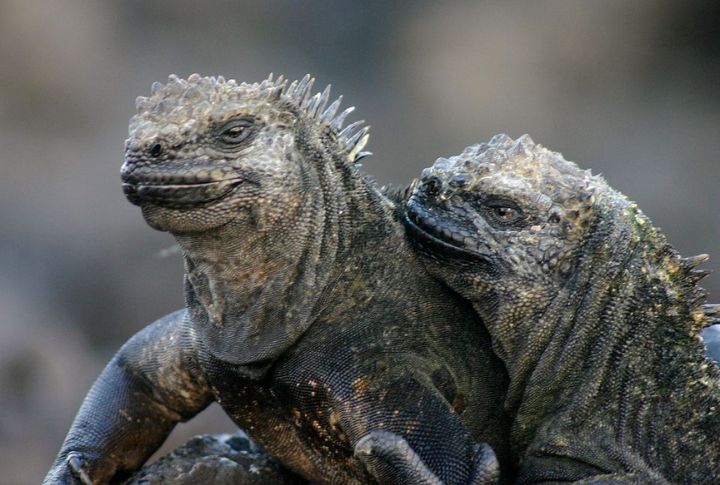
Marine iguanas are the only lizards known to feed in the ocean. They regulate salt through nasal glands and rely on body heat to survive cold waters. Found only in the Galapagos, they show how isolation can push evolution in unexpected directions.
Flightless Cormorants

Flightless Cormorants have adapted to their environment by relying on swimming rather than flying. With small wings and strong legs, they are excellent divers, perfectly suited to life in the water, where they hunt and move with remarkable agility.
Giant Tortoises
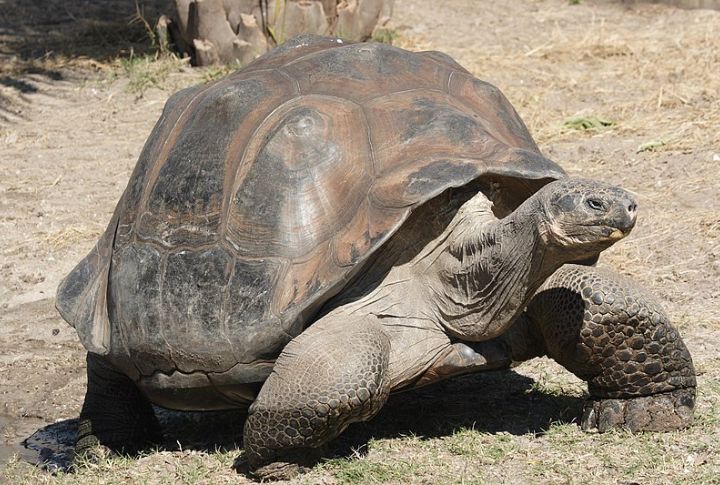
Galapagos tortoises often live beyond a century, slowly making their way across the islands’ volcanic ground while feeding on cactus and other vegetation. For hundreds of years, they’ve influenced the local ecosystem and remain a thriving part of the environment, largely undisturbed by tourism.
Waved Albatrosses
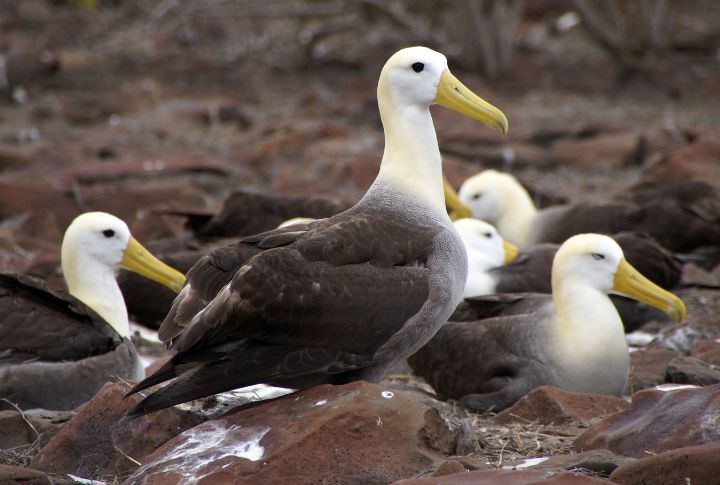
Waved Albatrosses return to Espanola Island each year to reunite with their mate, engaging in elaborate courtship displays. Once bonded, they remain together for life. These birds also undertake long migrations and are known for their impressive flying skills and dramatic landings.
Darwin’s Finches

Darwin studied finches whose beak shapes varied depending on diet and island habitat. These differences became central to his theory of natural selection. Today, the finches still illustrate how ecological pressures can drive species to evolve in distinct and measurable ways over relatively short timescales.
Penguins On The Equator
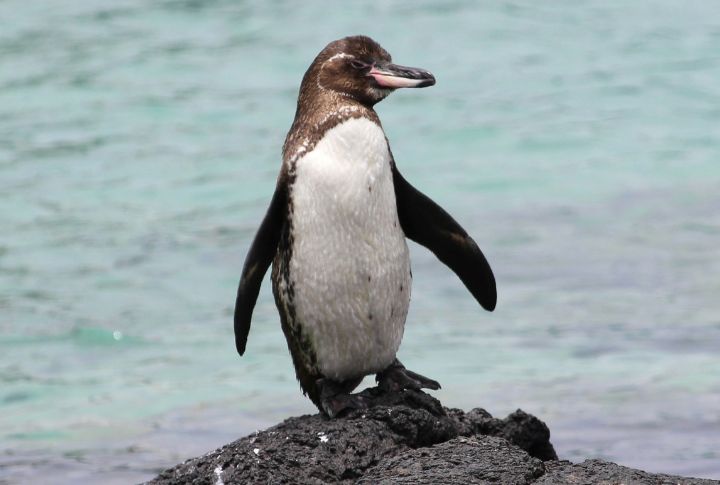
The Galapagos penguin is the sole penguin species found in the Northern Hemisphere. It survives in tropical conditions by relying on the Humboldt and Cromwell currents, which bring cold water to the region. Its small size and unique adaptations help it manage the heat effectively.
The Vampire Finch
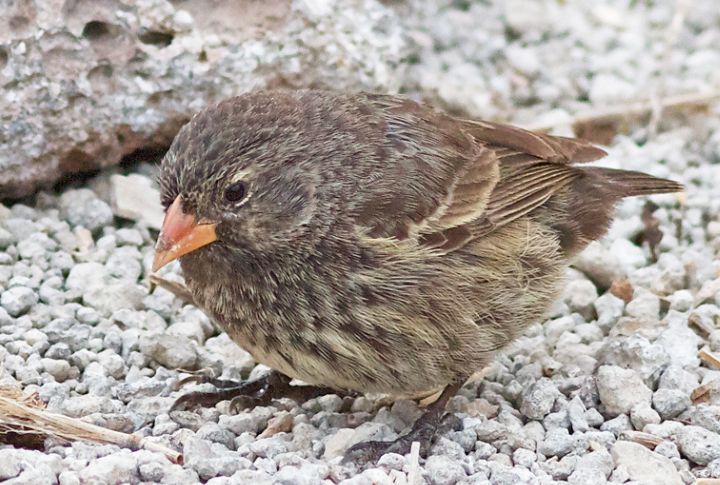
A finch species on Wolf Island has adapted an unusual diet: the blood of other birds. Its sharp beak pecks at larger species to supplement its nutrition. This rare behavior highlights how limited resources can lead to extreme but effective survival strategies.
Lava Sceneries
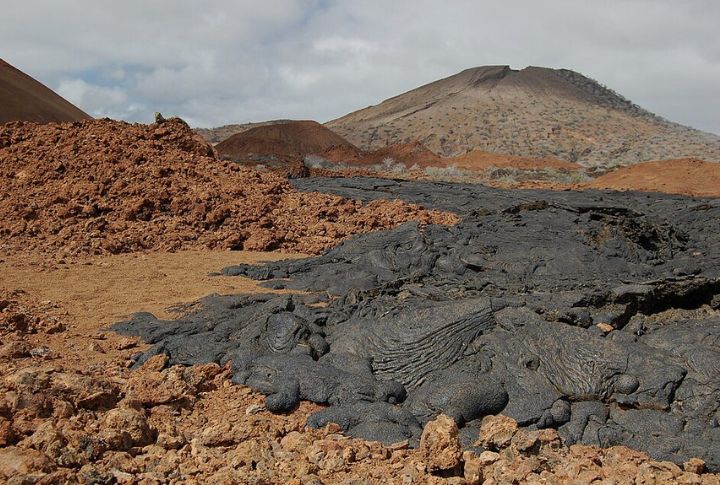
Each Galapagos island has distinct volcanic features shaped by past eruptions. Some have spatter cones and lava tunnels, while sharp, exposed rock layers mark others. The variation in these formations creates dramatically different hiking terrain and offers clear evidence of the islands’ individual geologic histories.
Mangrove Forests
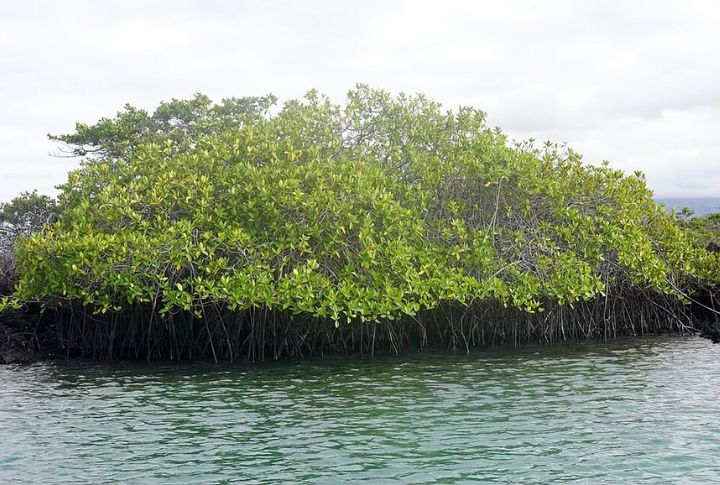
As marine species mature, they leave the shelter of Galapagos mangrove forests and enter open waters. These forests, with dense roots and calm shallows, protect young sharks and fish from predators. Their structure also shields against currents to make them vital early-life habitats.
Scalesia Forests
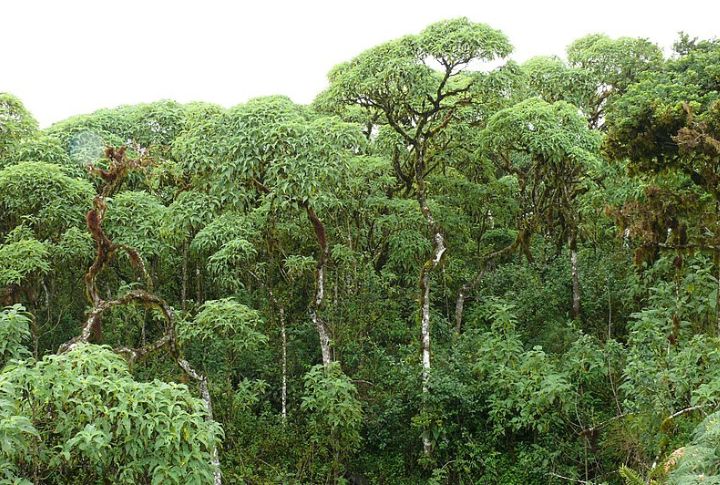
Scalesia forests are found mostly in the highlands, which are unique cloud forests dominated by tree daisies found only in the Galapagos. These habitats support rare birds like the woodpecker finch and vermilion flycatcher. Their dense, misty canopies are critical to preserving endemic species and moisture on the islands.
Isabela Island
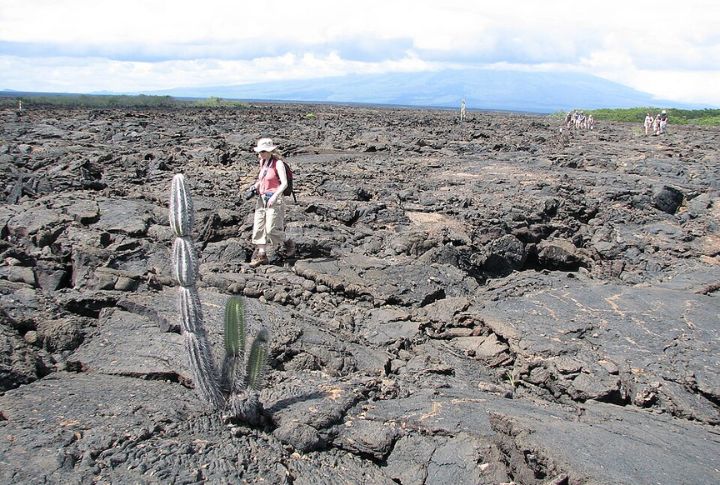
Do you ever wonder how one island ends up with six volcanoes? That’s Isabela. Each volcano formed separately to create pockets of unique habitats across the island. From arid lowlands to humid highlands, this variety supports more species than any other island in the Galapagos—all in one place.
Red-Footed Boobies
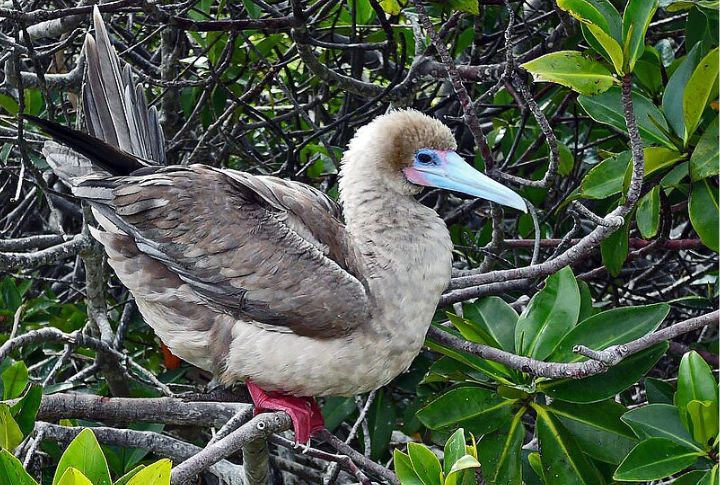
To attract mates, male red-footed boobies perform dramatic dances that highlight their bright red feet. These birds are also the only booby species in the Galapagos that nest in trees. Their unique mating behavior and tree-nesting habits make them stand out across the archipelago.
The Galapagos Marine Reserve
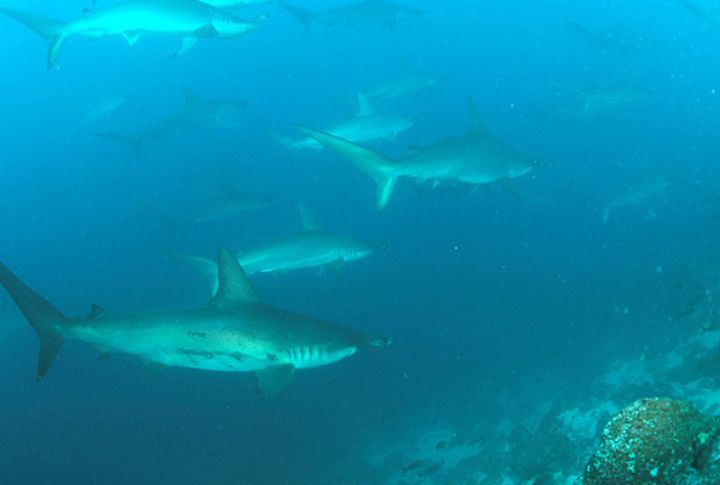
This 130,000-square-kilometer marine reserve includes strict “no-take” zones that ban all extraction. These areas help protect scalloped hammerhead sharks and green sea turtles. Artisanal fishing is allowed in some regions, but illegal activity remains a serious issue affecting long-term conservation goals.
Conservation Efforts
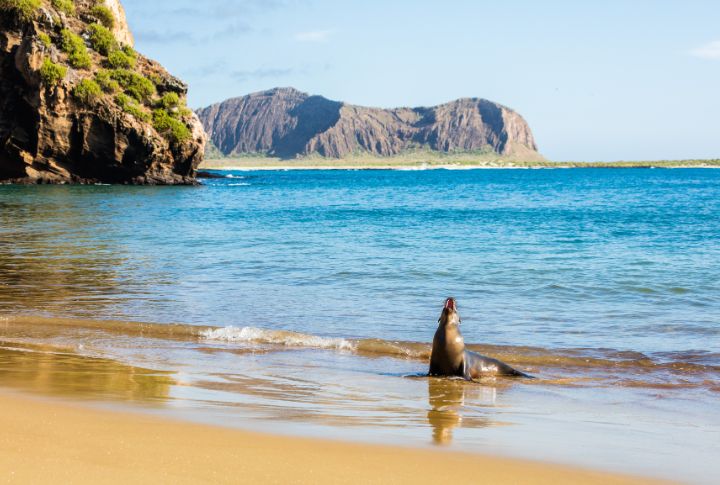
What happens when nearly an entire archipelago is placed under protection? In the Galapagos, 97% of the land is part of a national park. Strict visitor limits and on-site research help maintain its delicate ecosystems, an example of large-scale conservation in practice.

